- Written By Team DWS
- Festivals
- March 24, 2025
Embracing Purple: The Story Behind Purple Day and Its Significance
In a world where colors can evoke emotions, symbolize movements, and represent communities, few have managed to encapsulate hope and resilience quite like the color purple. Every year, on March 26th, people around the globe don their best purple attire in recognition of Purple Day—a day dedicated to raising awareness about epilepsy. But what is the story behind Purple Day, and why does it hold such significant meaning for those affected by epilepsy?
-dws638783881661830977.jpg)
The Birth of Purple Day
Purple Day was founded in 2008 by Cassidy Megan, a young girl from Nova Scotia, Canada. Struggling with epilepsy herself, Cassidy often felt isolated and misunderstood. She realized that many people lacked an understanding of epilepsy, which made her condition even more daunting. Inspired by the support she received from her family and friends, she wanted to create a way for people to better understand epilepsy and provide comfort to those living with the condition.
On March 26, Cassidy chose the color purple, which has long been associated with epilepsy awareness. This choice was not random; purple is also the international color of epilepsy, inspired in part by the lavender flowers that represent solitude. Cassidy hoped her initiative would create a supportive community, reduce stigma, and foster understanding about epilepsy. She encouraged individuals to wear purple, share their stories, and engage in discussions about epilepsy, ultimately sparking a global movement.
Understanding Epilepsy
Epilepsy affects approximately 1 in 26 people over the course of their lifetime. It is a neurological condition marked by repeated seizures that can differ in their type and intensity. These seizures are results of abnormal electrical activity in the brain, and while the condition can pose significant challenges, many people with epilepsy lead full and active lives.
Despite its prevalence, epilepsy has long been shrouded in misunderstanding and stigma. Common misconceptions lead to fear and discrimination, resulting in social isolation for those who live with the condition. Purple Day seeks to dismantle these barriers by promoting education and fostering empathy for individuals affected by epilepsy.
The Impact of Purple Day
Since its inception, Purple Day has transcended borders, mobilizing individuals, organizations, and communities to unite in the fight against epilepsy stigma. Schools, workplaces, and homes turn into vibrant displays of purple, with individuals sharing their personal stories online and participating in various activities to promote awareness.
Social media platforms have amplified Purple Day’s reach, with hashtags like #PurpleDay enabling anyone to join the conversation easily. The annual observance has led to events ranging from educational workshops to community fundraisers, all aimed at increasing awareness and support for those affected by epilepsy.
In addition to its grassroots impact, Purple Day has also garnered support from notable organizations, including the Epilepsy Foundation and the International League Against Epilepsy. These partnerships have provided vital resources and outreach, further advancing the mission of increasing awareness and education surrounding epilepsy.
The Significance of Wearing Purple
Wearing purple on Purple Day is more than just a fashion statement; it is a powerful symbol of solidarity and awareness. Each purple item worn—whether it be a scarf, shirt, or even a face mask—signals an understanding of and support for the epilepsy community. The act of wearing purple encourages conversations about epilepsy, inviting individuals to share their stories, experiences, and knowledge.
Beyond merely raising awareness, Purple Day cultivates a sense of community. It tells those living with epilepsy that they are not alone, that their struggles are recognized and validated. The sight of thousands of people in purple, whether online or in person, reinforces the idea that together, we can confront stigma and advocate for better understanding and support for individuals living with epilepsy.
Embracing the Future
As Purple Day continues to grow, it carries with it the promise of a more informed and compassionate future. Every shout-out, every purple outfit worn, and every story shared helps dismantle the stigma that has persisted for far too long.
Cassidy Megan’s simple idea of wearing purple has sparked a worldwide movement, connecting people from diverse backgrounds in their quest for understanding and acceptance. By participating in Purple Day, we embrace not only the color but also the resilience and spirit of those with epilepsy.
In a world yearning for empathy and community, Purple Day serves as a vibrant reminder that when we come together, we can make a difference. So let’s celebrate Purple Day this March 26th—not just by wearing purple, but by advocating, educating, and standing in solidarity with the epilepsy community. Together, we can continue to paint the world purple with hope and understanding.
Purple Day FAQs: Everything You Need to Know About Epilepsy Awareness
Certainly! Here are some FAQs about Purple Day, an initiative to raise awareness for epilepsy:
1. What is Purple Day?
Purple Day is an international grassroots effort dedicated to raising awareness about epilepsy. Celebrated on March 26, it encourages people to wear purple and spread the word about epilepsy, promote understanding, and dispel myths associated with the condition.
2. When is Purple Day celebrated?
Purple Day is celebrated annually on March 26.
3. Who started Purple Day?
Purple Day was established in 2008 by Cassidy Megan, a Canadian girl who aimed to promote awareness and provide support for individuals with epilepsy.
4. Why is purple the color associated with Purple Day?
Purple is considered the international color for epilepsy awareness. It represents the cause and is a unifying symbol for those advocating for understanding and support for individuals living with epilepsy.
5. How can I participate in Purple Day?
You can participate by wearing purple, sharing information about epilepsy on social media, organizing local events or fundraisers, and spreading awareness in your community. Engaging with local epilepsy organizations can also provide ideas and resources for participation.
6. What activities can I do for Purple Day?
Activities might include hosting an educational event, distributing informational pamphlets, conducting school presentations, participating in or organizing a fundraising event, or simply wearing purple to show your support for those with epilepsy.
7. How can I help raise awareness about epilepsy?
You can help raise awareness by educating yourself and others about epilepsy, sharing your support on social media, organizing community events, and advocating for greater understanding and research into the condition.
8. Are there organizations that support Purple Day?
Yes, there are several organizations worldwide, such as the Epilepsy Foundation (USA) and Epilepsy Action (UK), that support Purple Day and work to raise awareness about epilepsy.
9. Can I donate to support Purple Day?
Absolutely! Donations can be made directly to epilepsy organizations that support research and programs for individuals living with epilepsy. Local chapters may also have specific fundraising events for Purple Day.
10. Why is raising awareness about epilepsy important?
Raising awareness about epilepsy helps to reduce stigma, fosters understanding, and supports individuals living with the condition. It can also lead to better access to treatment, resources, and support for those affected by epilepsy and their families.
For more information about Purple Day and epilepsy awareness, you can visit local or international epilepsy organizations’ websites or social media channels.
Popular on Blogs
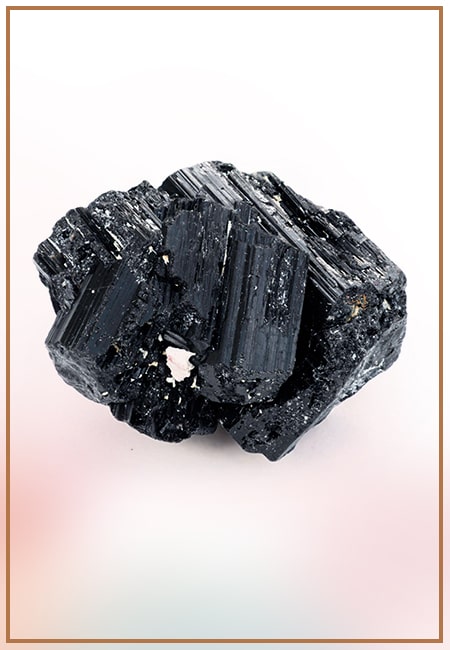
Black Tourmaline: Meaning, Healing Properties, Fascinating Facts, Powerful Attributes, Versatile Uses, and Beyond
September 05, 2023 / BY Team DWS
Black Tourmaline, also known as Schorl, is a highly revered crystal with incredible metaphysical properties. It derives its name from the Dutch word "turamali," meaning "stone with ..
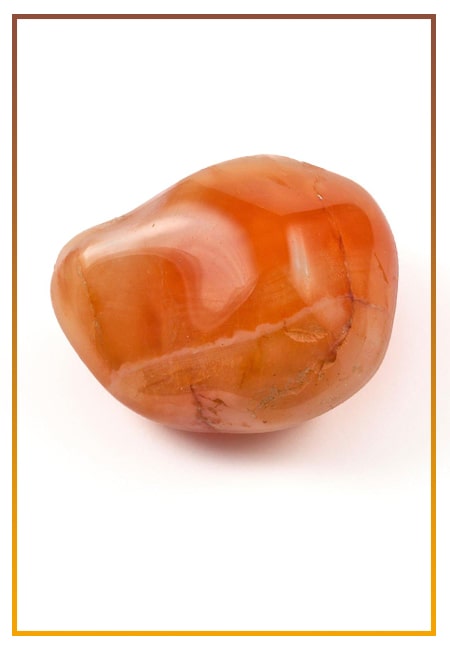
Carnelian Stone: Meaning, Healing Properties, Power, Facts, Color, Uses and More
December 26, 2023 / BY Team DWS
Carnelian is a vibrant and captivating gemstone that holds a plethora of meanings, healing properties, and powers. Its warm and fiery energy makes it a popular choice among crystal ..
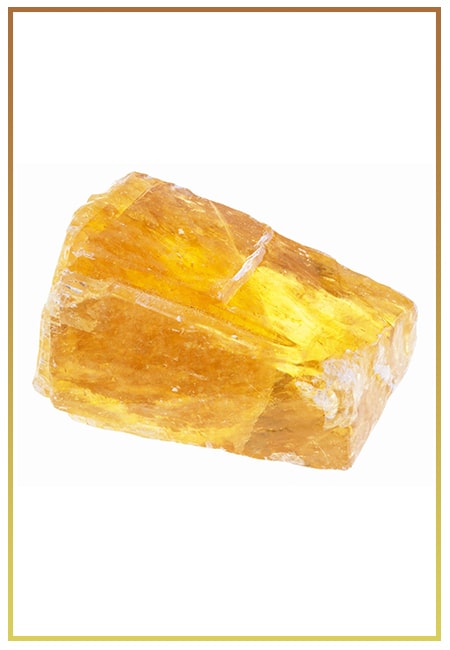
Citrine: Exploring its Meaning, Healing Properties, Fascinating Facts, Powers, Versatile Uses, and Much More
November 18, 2023 / BY Team DWS
Citrine, with its warm golden hues, has captured the attention and imagination of people for centuries. This beautiful gemstone, commonly associated with wealth and prosperity, hol ..
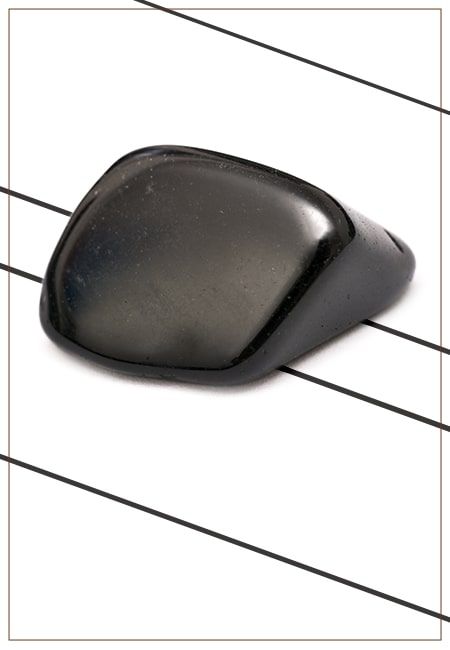
Black Onyx: Unveiling the Meaning, Healing Properties, Fascinating Facts, Powerful Attributes, Versatile Uses, and Beyond
July 25, 2023 / BY Team DWS
Black Onyx, a striking gemstone admired for its deep black hue and elegant appearance, has captivated people for centuries. In this comprehensive guide, we will delve into the mean ..
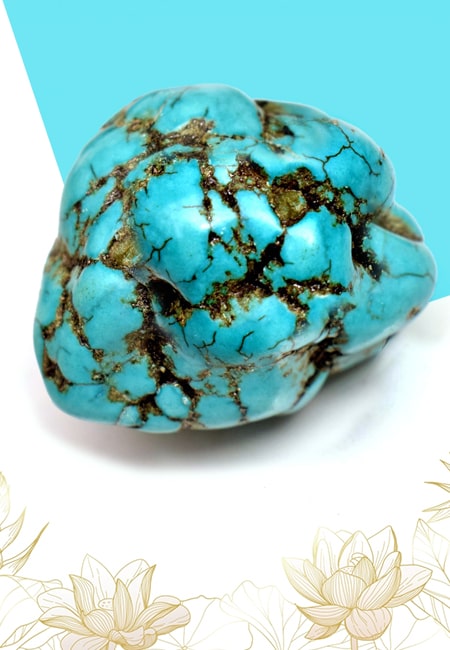
Unveiling the Mysteries of Turquoise Stone: Exploring its Meaning, Healing Properties, Power, Facts, Color, Uses, and More
December 05, 2023 / BY Team DWS
Turquoise, with its captivating blue-green hue, has been adorning jewelry and artifacts for centuries. This striking stone has a rich history, rich symbolism, and a plethora of int ..
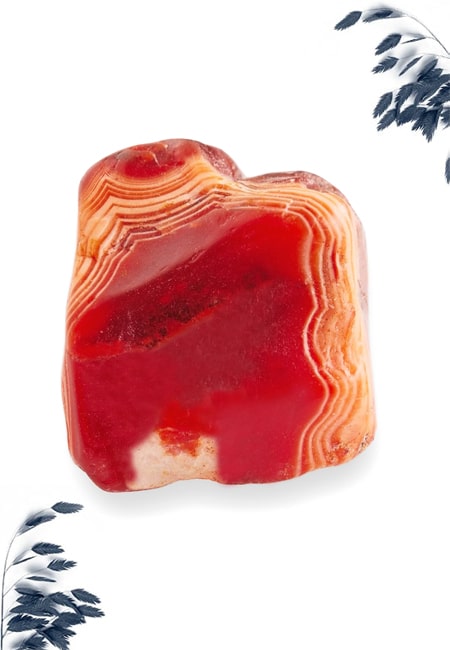
The History Behind The Popularity of Red Agate
December 23, 2022 / BY Team DWS
An Agate is a type of magma rock that takes many years till it is washed out naturally into the water. And that is the reason this stone has elements of water. This beautiful stone ..

Plan a Perfect Valentine's Week with Our Valentine Week List 2025
January 22, 2024 / BY Team DWS
Valentine's Day is undoubtedly the most romantic day of the year, but we believe that one day is just not enough to express your love and make your partner feel special. That's why ..
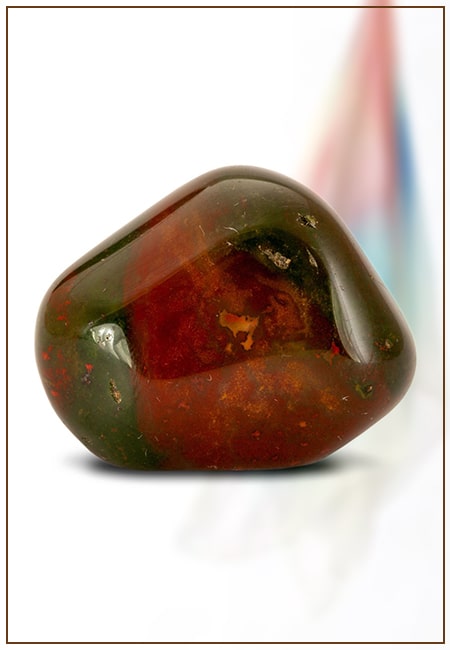
Bloodstone: Unveiling the Meaning, Healing Properties, Facts, Powers, Uses, and More
August 21, 2023 / BY Team DWS
Bloodstone, with its captivating deep green color with specks of red, is a mesmerizing gemstone that has fascinated civilizations for centuries. It possesses unique healing propert ..


